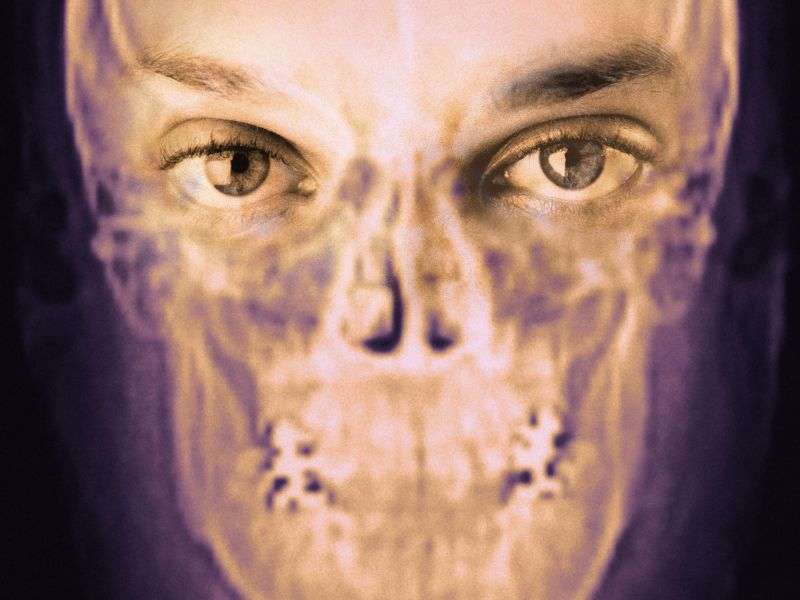(HealthDay)—After facial paralysis, mobilization and transposition of the intratemporal segment of the facial nerve for end-to-side coaptation to the hypoglossal nerve can restore facial tone and symmetry, according to research published online June 23 in JAMA Facial Plastic Surgery.
Amit Kochhar, M.D., from the University of California in Los Angeles, and colleagues conducted a case series involving patients with facial paralysis who underwent mobilization and transposition of the intratemporal segment of the facial nerve for end-to-side coaptation to the hypoglossal nerve. Twenty participants were treated at a tertiary care center between January 2007 and December 2014.
The researchers found that adequate length of facial nerve was mobilized for direct end-to-side coaptation to the hypoglossal nerve in all 20 patients. Prior to treatment, the median duration of facial paralysis was 11.4 months. Patients were followed for a median of 29 months; due to lack of follow-up, three patients were excluded from functional analysis. In 16 of 17 patients there were improvements in facial symmetry at rest and during animation, with a median time for return of facial muscle tone of 7.3 months. At rest and with movement there was a significant reduction in facial asymmetry index. A significant increase in horizontal, vertical, overall lip excursion, and smile angle were detected on the MEEI FACE-gram software. None of the patients developed significant tongue atrophy, impaired tongue mobility, or dysfunction of speech or swallow.
"Mobilization of the intratemporal segment of the facial nerve provides adequate length for direct end-to-end coaptation to the hypoglossal nerve and is effective in restoring facial tone and symmetry after facial paralysis," the authors write.
More information:
Abstract
Full Text (subscription or payment may be required)
Copyright © 2016 HealthDay. All rights reserved.



















